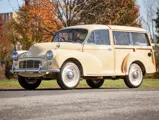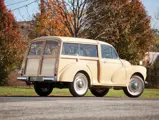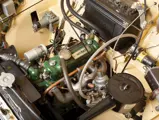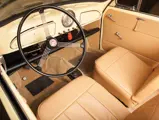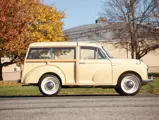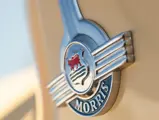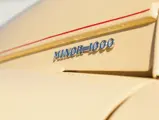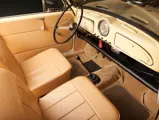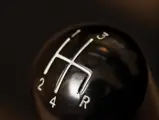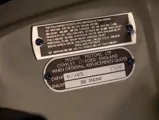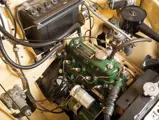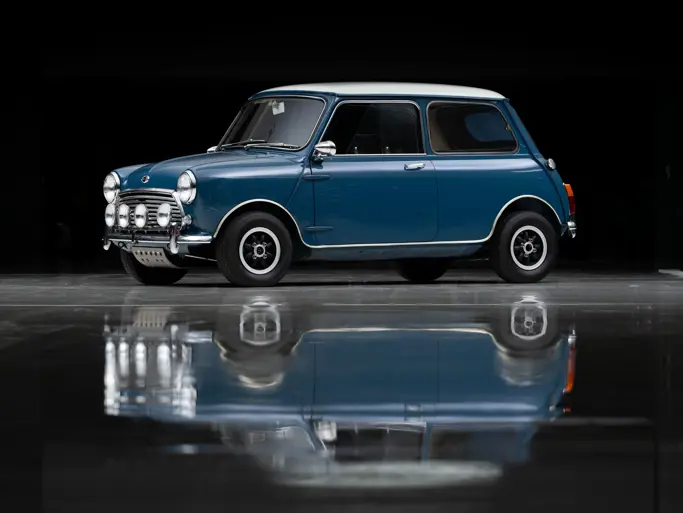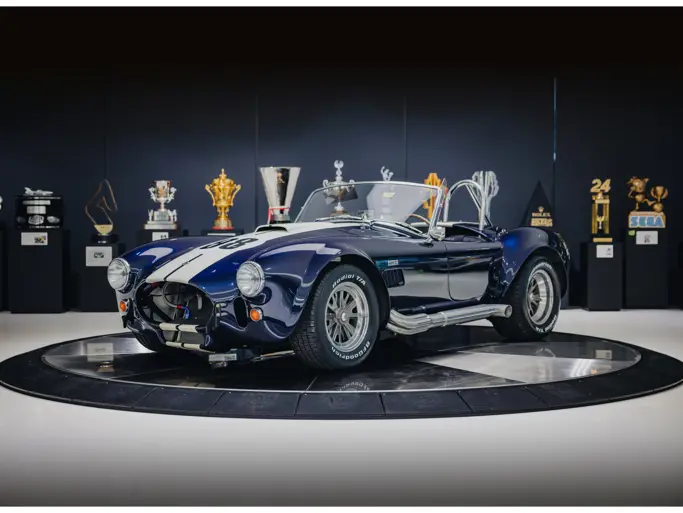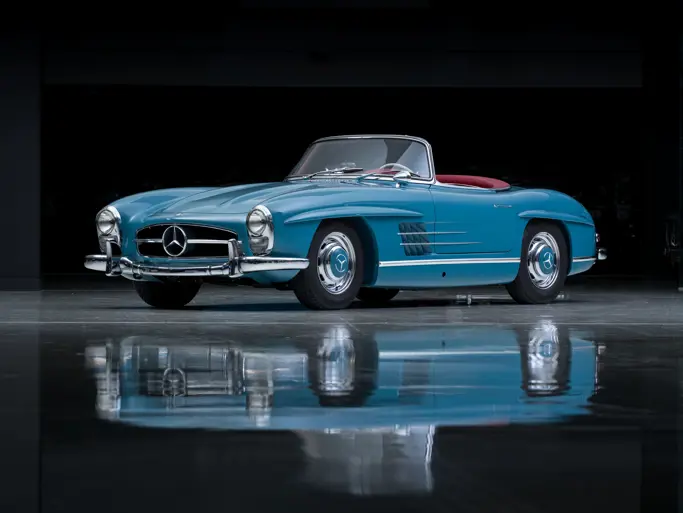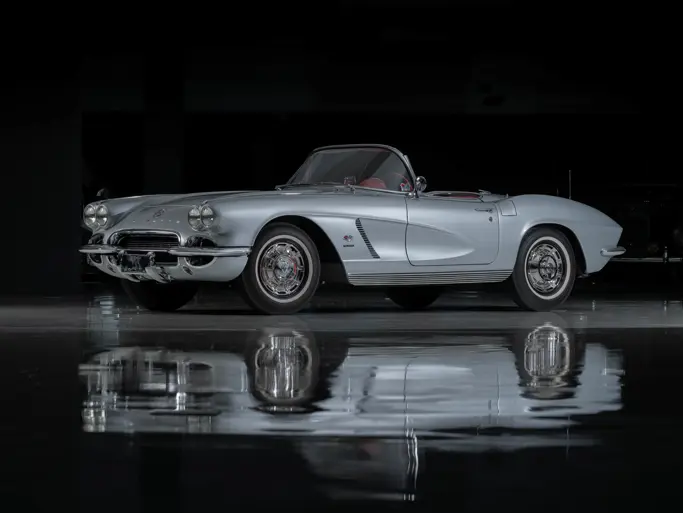Amelia Island 2015
1959 Morris Minor 1000 Traveller
{{lr.item.text}}
$52,250 USD | Sold
 | Amelia Island, Florida
| Amelia Island, Florida
{{internetCurrentBid}}
{{internetTimeLeft}}

- Only two original owners
- Housed in a museum collection for the past 15 years
- Comprehensively restored and meticulously maintained
37 bhp, 948 cc OHV four-cylinder engine, four-speed manual transmission, front torsion bar suspension, live rear axle with semi-elliptic leaf springs, and hydraulic drum brakes. Wheelbase: 86 in.
The Minor was the first brainchild of Sir Alec Issigonis, who would revolutionize small cars with his Mini Minor of 1959. But the Minor was equally revolutionary when it was developed in 1943, in the darkest days of WWII. It was built of unit construction, where the body itself was stressed in order to save weight and add strength. Five years later (after being widened four inches at the last minute), the Minor was launched at London’s 1948 Earls Court Motor Show, and it drew crowds almost as big as Jaguar’s new XK120, which is a testament to its novelty. However, just like the Citroën DS 19, all the money had been spent by the time the designers got to the engine, and as such, the new car was saddled with a 23-brake horsepower, 918-cubic centimeter pre-war Morris 8 flathead four-cylinder engine.
The first Minors were sold as two-door sedans and convertibles, but a four-door sedan was offered in 1950, which was the same time the headlights were moved up from the grille to the fenders in order to meet U.S. regulations. The car’s handling was praised, but performance was leisurely, and a 0–60 mph time was barely attainable. Things improved in 1952, when Austin and Morris merged and the Minor gained Austin’s 30-brake horsepower, 803-cubic centimeter, overhead-valve engine, which offered better acceleration and a higher top speed.
Perhaps the favorite model appeared in the 1953 Series II with the introduction of the Morris Traveller, a wood-framed station wagon. The wood was structured in the fashion of American woody wagons, but its character was unmistakably British, with aluminum panels being used behind the front doors. Split rear doors were also used, with sliding windows at the side. The Traveller would sell 215,328 units between 1953 and 1971, and it would only be survived by the pickup and van commercials, which were built in small numbers until as late as 1976. The Morris Minor was gradually updated over the years but still instantly recognizable. It gained a close-ratio gearbox in 1956, a curved windshield, a large back window, and a horizontal barred grille. It was also fitted with the BMC A-Series engine of 948 cubic centimeters, which further improved performance and gave it a 70-mph top speed.
The car on offer comes from a museum collection, which has owned it for 15 years and was the car’s second owner. The previous owner was Edward Koch, of Farmington, New Jersey, and at the time of purchase, in 1998, the Traveller had 62,692 miles indicated on its odometer. At purchase, the car was finished in a rich cream color and had been treated to a comprehensive frame-off restoration, where it received completely new wood, and it has been meticulously refreshed each year since. It is accompanied by the original owner’s manual and repair and parts manuals. The consignor notes that this is essentially an as-new car and will compare favorably against any other Travellers, anywhere.

